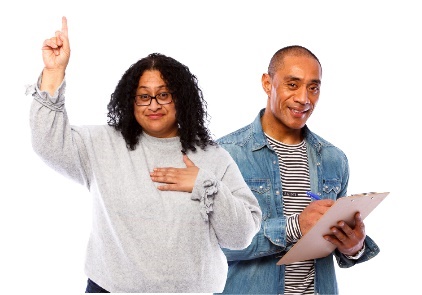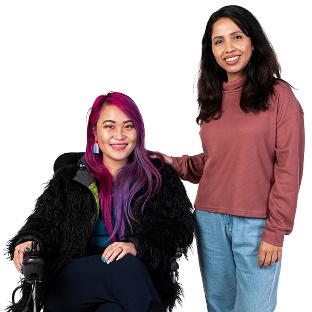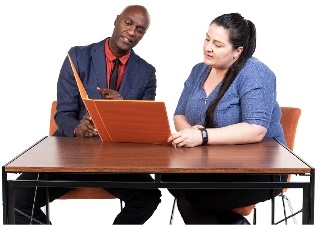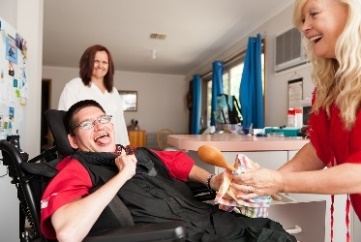Understanding what affects a person’s behaviour
|
|
In this bulletin, we look at another idea from research about positive behaviour support. |
|
We talk about understanding what a person needs, through: |
||
|
|
|
|
|
|
|
|
|
|
|
|
|
|
This can help to understand:
|
|
|
|
Most behaviour supports only focus on a person’s behaviour. |
|
|
|
This means that people often don’t think about why a person is showing these behaviours. |
|
|
|
When this happens, people are more likely to use restrictive practices. |
|
And people with disability are more likely to: |
||
|
|
|
|
|
|
|
|
|
|
Trauma is the way you feel about something bad that happened to you. For example, you might feel scared or stressed. Trauma can affect you for a long time. |
|
What you should think about
|
|
It is important to understand how best to support a person with disability. |
|
|
|
You should think about more than just a person’s behaviour. |
|
This includes thinking about: |
||
|
|
|
|
|
|
|
|
|
|
|
|
|
|
|
|
|
|
In our next bulletin, we’ll look at another of the 12 ideas from the positive behaviour support research. |
|
|
The next idea is about working with different people to understand what support a person with disability needs. |


















